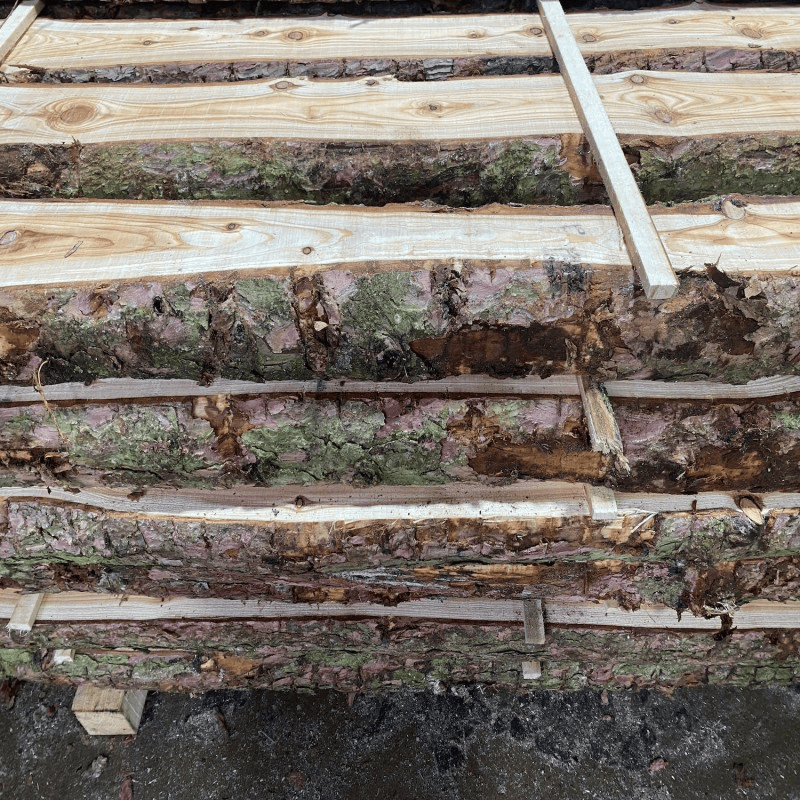What Thickness Do Oak Boards Come In?
The measurement of oak board thickness extends beyond its numerical value. Our extensive experience in oak boards and all related work has exposed us to every board dimension including thin veneers and heavy farmhouse planks that stand against all challenges.
The Basics of Oak Board Thickness
The range of thickness for oak boards extends between 10mm and 30mm. The thickness measurements for oak boards serve defined purposes in projects since choosing the correct thickness makes a substantial difference in project outcomes.
Starting with the Slimmer Options
The 10mm boards are like the entry point into solid oak flooring. These thin boards demonstrate remarkable durability which makes them perfect choices when floor height needs to remain low. Think about those tricky spots where your doors need to swing freely without catching - these thinner boards can be a real lifesaver.
The Middle Ground: 15mm and 20mm
The 15mm boards represent the main residential flooring option, that homeowners tend to select. These boards deliver firm floor support while saving you from needing to alter doorframes. The 20mm boards create an elevated experience because real estate agents love to use them when presenting properties to buyers. Walking across a properly installed wooden floor produces a distinctive positive sound. Most floor installations that produce this satisfying sound underfoot use a 20mm board.
The Heavy Hitters: 25mm and 30mm
Home builders of previous generations used these thicker boards because they built structures for long-lasting durability. These boards find their main use today in luxury home renovations and historic buildings that require authentic materials. A 30mm oak board functions as more than flooring since it resembles a genuine piece of furniture.
Practical Considerations
Many suppliers avoid disclosing that thicker flooring does not necessarily provide superior performance. A 30mm board might appear impressive but do you require such heavy material?
Consider this:
Heating Systems
The performance of underfloor heating systems decreases when you install thicker boards. The heating process requires additional time and may result in reduced heating system performance. The effective choice for this situation consists of boards with dimensions between 15-20mm.
Installation Height
Each millimeter counts during installation of doors and skirting boards. The warehouse receives numerous beautiful thick oak boards after installation because builders failed to think about door clearance until it became too late.
Structural Considerations
The weight of boards increases directly with their thickness. Do you realise what impact thicker materials will have on your joist structure? Large areas of older homes might need additional support for installing 25mm or 30mm boards.
Cost Implications
The expense of your project will directly rise when you select thicker materials. The cost gap between 20mm and 30mm board products can extend to substantial amounts. You should evaluate if the additional board thickness delivers enough worth to justify its cost.
Making Your Choice
The suitable board thickness depends on the foundation you have installed under your floor. For concrete surfaces you should select a thinner board since it reduces the overall height. A floor that rests over joists requires at least 20mm of material thickness to prevent floor bounce.
The Final Word
At the end of the day, choosing your oak board thickness is a bit like picking a wine - there's no right or wrong choice, but there are better options depending on your situation. Think about your space, your budget, and what's practical for your home.
Remember, the thickness you choose will be under your feet for decades to come. Take your time, consider all the angles, and don't be afraid to ask questions. After all, you're not just buying flooring - you're investing in your home's future.
« Back to news list






